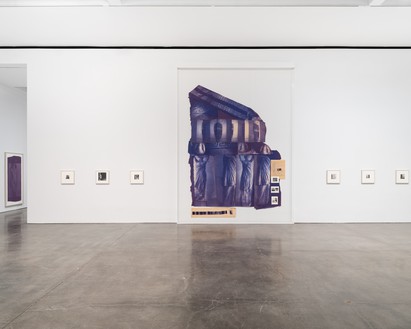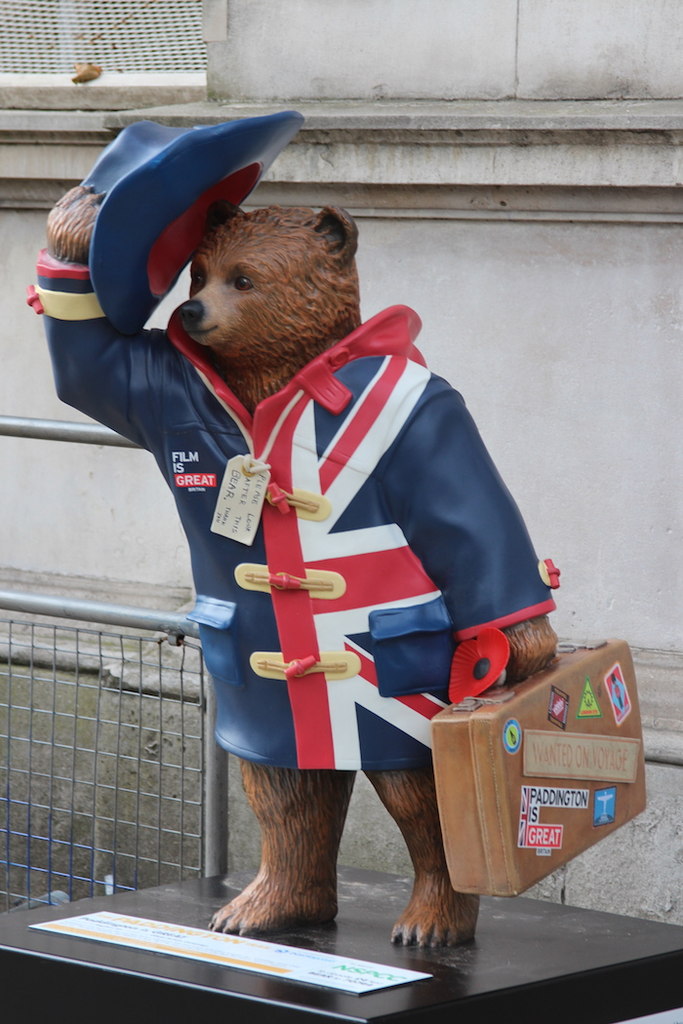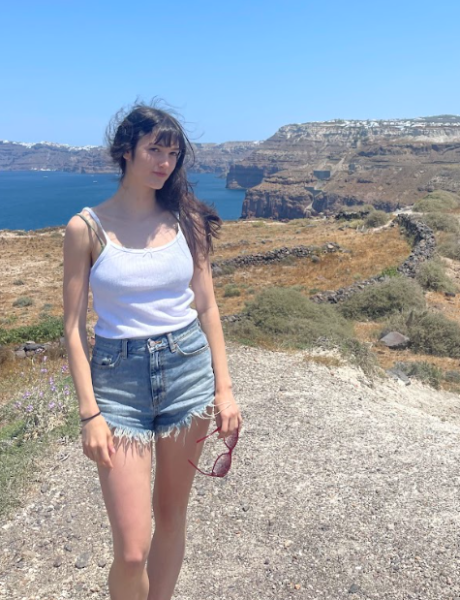
Like a mirage in an endless desert, Francesca Woodman’s bare figures glow delicately amid hostile interiors. In the artist’s famed portraits, Woodman captures herself and close friends in dramatic gesture and stillness, photographed in abandoned and ancient sites across Providence, Rhode Island; Rome; Ravenna, Italy and New York.
From March 13 until April 27 at 555 West 24 Street, the Gagosian Gallery will host an inaugural exhibition of over 50 of the artist’s lifetime works. The bulk of the collection presents her black-and-white silver gelatin prints in addition to two of her later works including a series of colored Caryatid photographs (1980) and Blueprint for a Temple (II) (1980), a large-scale collage depicting the right half of a temple façade.
Despite the novelty and relative grand scale of these more recent pieces, they seemed rather meager compared to their predecessors, elusive scenes of which were far more arresting. In such scenes, one is confronted by the artist’s literal and figurative naked “spirit:” a nude 20-something-year-old Woodman posing half-vanished before a camera. A girl who never quite felt visible but craved to be seen.
It is this tension that drives Woodman’s portraiture: a charting of self-bounds as well as, more broadly, those which divide figure and space; life and death. Fissures she traverses through her vulnerable forms and compositions.
Such a muddling of bounds is apparent in the work, House #3 (1975-76), wherein Woodman’s fading form slouches down a paint-chipped wall, softly melding with its detail. The effect is an amalgam of dress and wallpaper, a pale leg extending a Mary Jane shoe. Woodman stares timidly at the camera, surrounded by the usual accouterments of a haunted house: shadowy corners, large wooden floorboards and strewn debris.
In other works involving clothing, fabric blends seamlessly into the background or boldly defies it in pattern and value. An effect captured by Untitled (1978), in which a figure bearing a bright, slightly grungy torso and long floral skirt is paired against a two-toned wall. While a more bohemian vibe than spectral, it sustains a similar drama in its harsh contours and play of light and shadow. This suspense was further kindled by the works of Untitled (c.1977-78) and Untitled (c.1975-78), wherein nude figures lie a seeming corpse, draped eerily beside a host of tedious props in a sort of faux murder scene. Increasingly unsettling is Untitled (1977-78), wherein Woodman dangles before a doorframe, strangely contorted and face obscured, beside an empty chair. A surreal scene hovering somewhere between insidious and angelic.
Despite her massive success, Woodman’s career came to a sudden end when, as just a 22-year-old, she committed suicide amid a deep depression. The circumstances of her tragic death have, unsurprisingly, bred the mythologizing of both her life and art, intertwining and obscuring the two. This is especially apparent amongst a younger crowd who has reduced her to a sort of “emo ghost girl” akin to Tumblr’s Allison Harvard.
Nevertheless, one thing remains clear: the best of Woodman’s work betrays a timeless beauty. A haunting quality realized largely in the grace of her figures, aching beautifully amidst decay. They are effortless: wearing polka dot dresses, Mary Janes and nothing at all, luring one deep into their gothic fantasy– a shadowy world where the edges are blurred and redefined at a whim. Seeking refuge in such purgatory, Woodman’s mythical and fading forms embody the paralyzing dread of a teenage girl. The desire to be boundless and indistinct, and using self-portrait to immortalize this fate.





